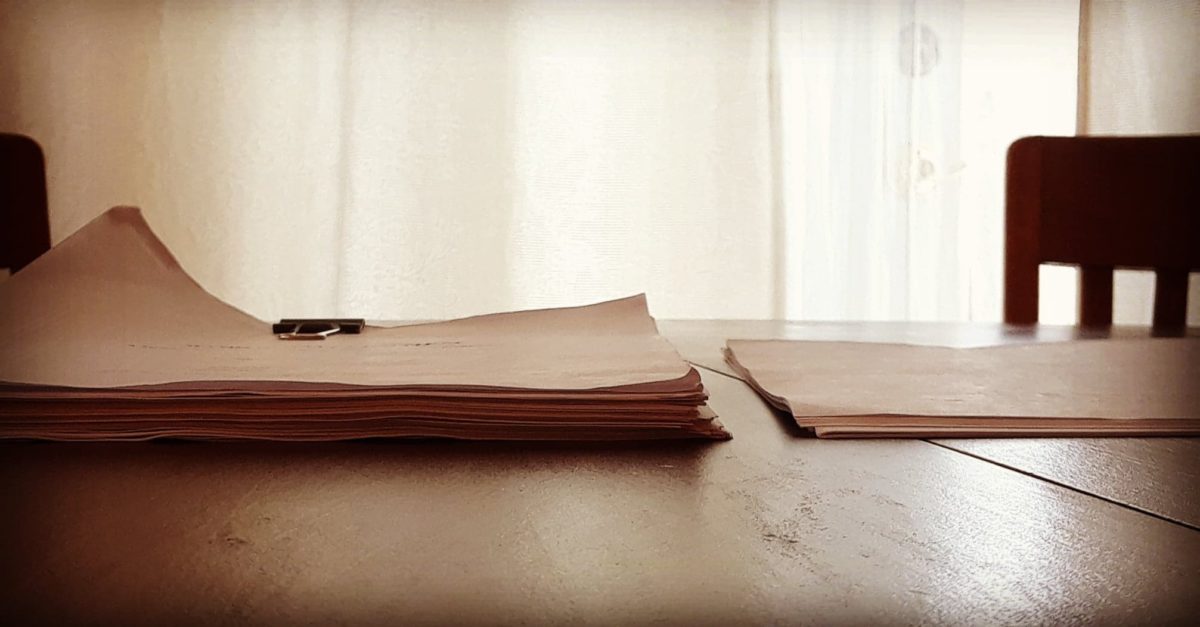When I was a girl we used to visit my grandmother in Lorain, Ohio, every summer. It was miserably humid and buggy, and, coming from Colorado, a shock. But it was pleasant to sit in the screened porch on the ancient squeaky glider chair, the seat cushions sticky on the backs of my thighs. I was frequently exiled there after dinner to eat my ice cream, which I liked to mush up. This was a jolly punishment for not “politely” eating my food “as it was served.” The nights were lively with insect chorus.
One evening after it began to cool we went for a walk, and my stepmother showed me her elementary school and various childhood landmarks. We passed the former home of a mean old neighbor who didn’t like the children to walk on his grass.
“He would yell at us. So when we walked by on the sidewalk, we’d occasionally, casually, step one foot on his precious lawn.” She demonstrated.
Both these women had been raised in Lorain, and as they reminisced, I noticed that trees loomed large in their memory and imagination—this one excellent for climbing or that one lost to disease.
I’d had a special tree in my own early childhood, when I’d lived in Connecticut, a maple. But I didn’t know the names of any other trees. Evergreens were generically “pines” for me, and I felt ashamed and jealous as each tree on our walk that evening was named and particular.
“I wish we learned tree names in school,” I said.
“We didn’t learn these names in school,” my stepmother said, astonished. “Everyone just knew!”
Everyone just knew.
As a gardener, I have since learned many names of plants and trees, of course, and I love that those names often tell a story. I recently reread Penelope Lively’s Life in the Garden, which reminded me that Anna Pavord’s The Naming of Names has been on my TBR pile for years. I’ve hauled my beautiful hardcover copy off the shelf.
But forty years after that evening stroll in Lorain, even the quickest perusal of any Facebook gardening group will confirm that very few people just know. I don’t think it’s difficult to suss out how this general illiteracy came about. But it does seem to me to be a symptom of something ugly and unwieldy, a peculiar and tone deaf relationship with the outdoors, with the scraps of land in our care.
Two years ago on July 4, as I was coming home from a socially distanced barbecue, my first outing in months, every intersection in my neighborhood was bright with explosives. The blocks, the squares, became bizarre cubes of light, the grid eerily visible, three dimensional. I worried about fire, about our urban wildlife.
On this Independence Day I’m anticipating more of the same commotion. And I’m remembering a late June backpacking trip on Mt. Tahoma, pictured here. And I’m thinking about constitutional and environmental crisis. I’m also appreciating my stepmother as a child, leading the charge with tiny rebellious steps on that old codger’s lawn—and I love that she and my grandmother had tools to see and appreciate the variety and particularity of living things.





